Joyful and healthy science
Nexera UHPLC – Fast analysis of resveratrol in red wine
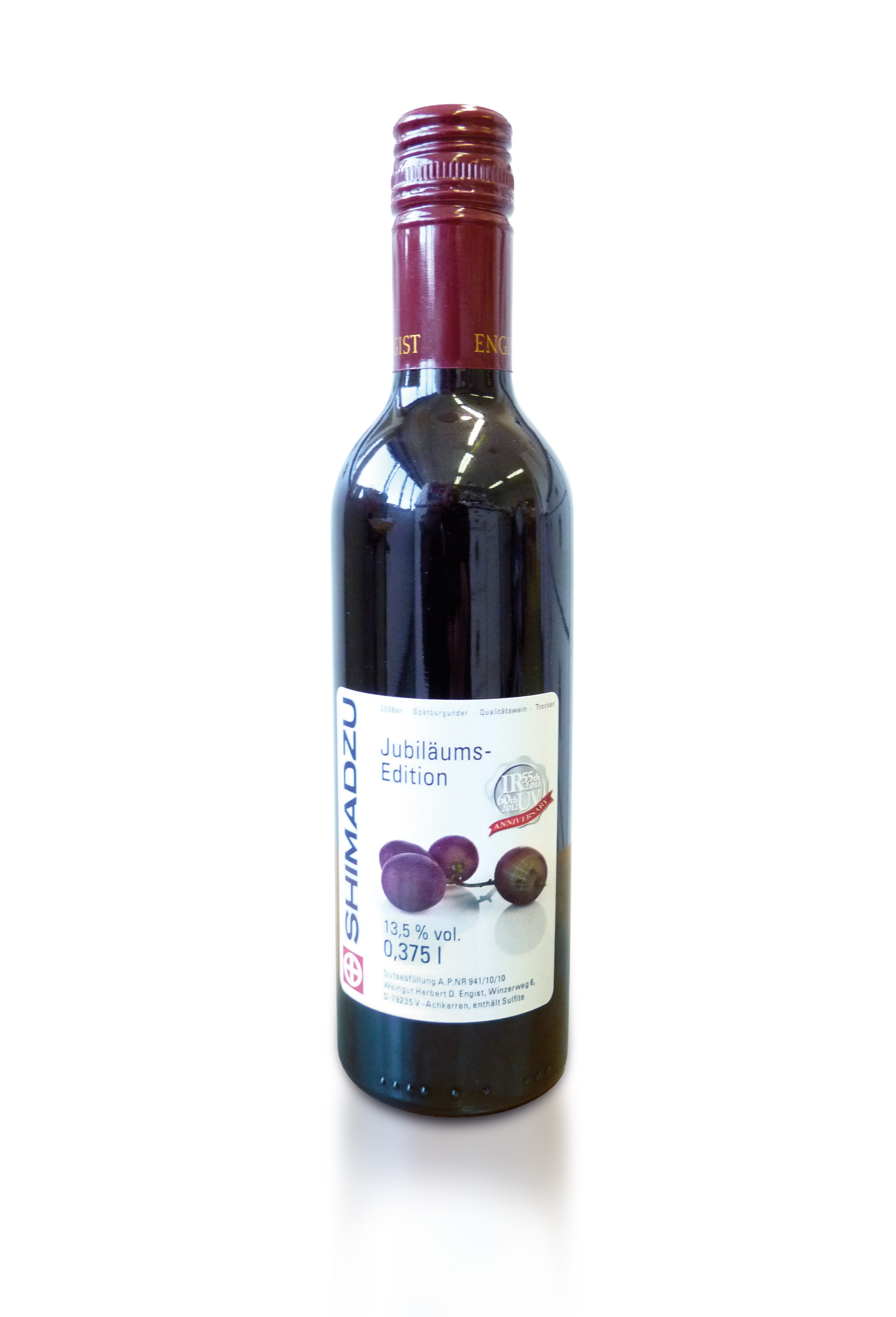
The substance resveratrol is a component of a plant’s innate immune system, which is produced under stress due to fungal attacks, bacteria, virus infections or harmful environmental influences. In chemical terms, resveratrol is a phytoalexin and belongs to the group of polyphenols. In addition to the anti-oxidative effect, it has more health benefits such as anti-inflammatory and chemo-preventive effects and is therefore the focus of current research.
Resveratrol occurs naturally as trans-resveratrol and as cis-resveratrol (see figure 1, structural formulae of resveratrol) and is present mainly within grape skins and – in lower amounts – in grape seeds, stems, vines and roots of the Grapewine. High concentrations are found mainly in vines whose immune systems are challenged by climatic fluctuations. To put it simply, German wines will contain larger amounts of resveratrol than French wines. Resveratrol is generally more pronounced in red wines than in white wines, as the mash remains in the pressed juices for longer.
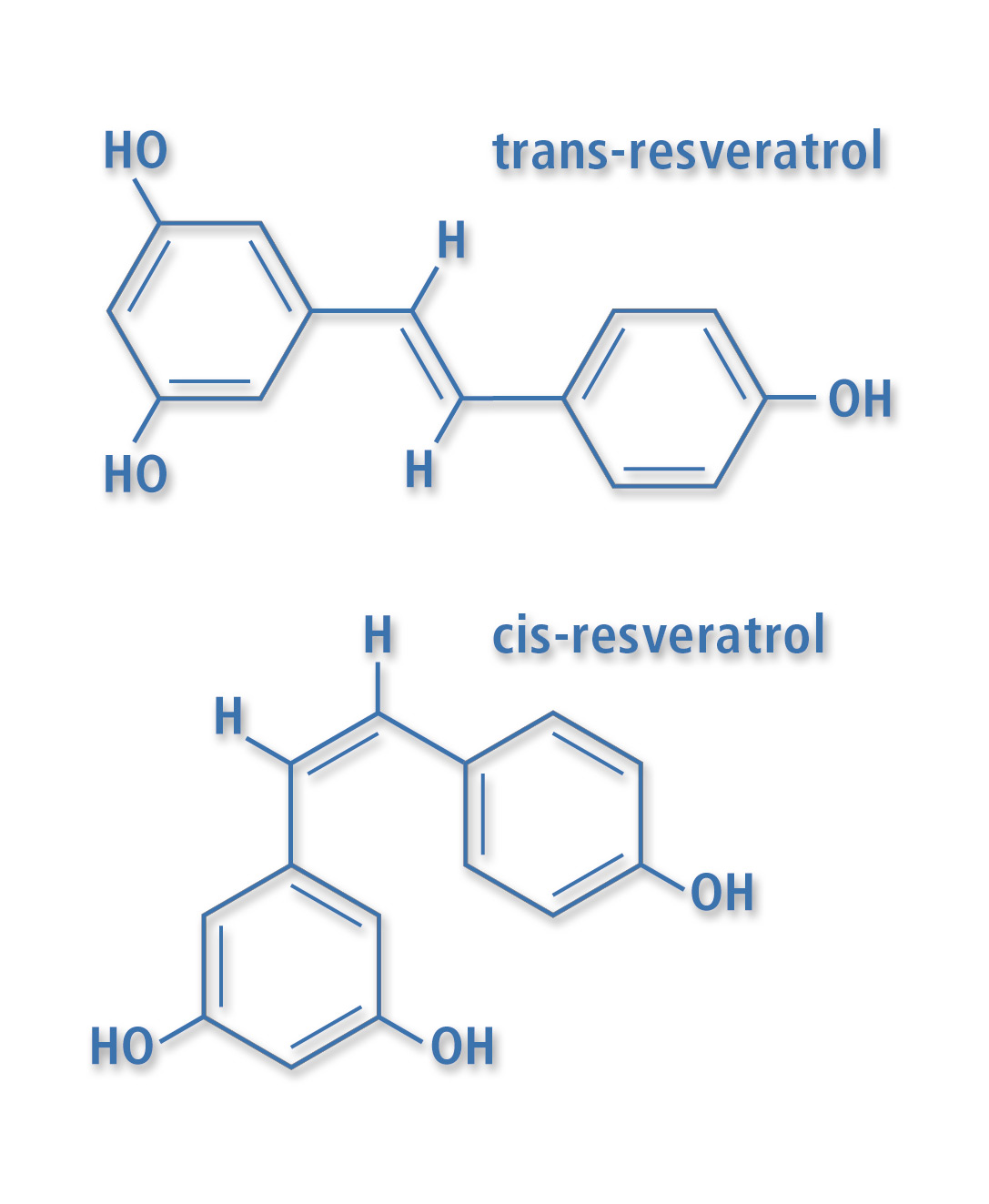 Figure 1: Structural formulae of trans-resveratrol and cis-resveratrol
Figure 1: Structural formulae of trans-resveratrol and cis-resveratrol
The research
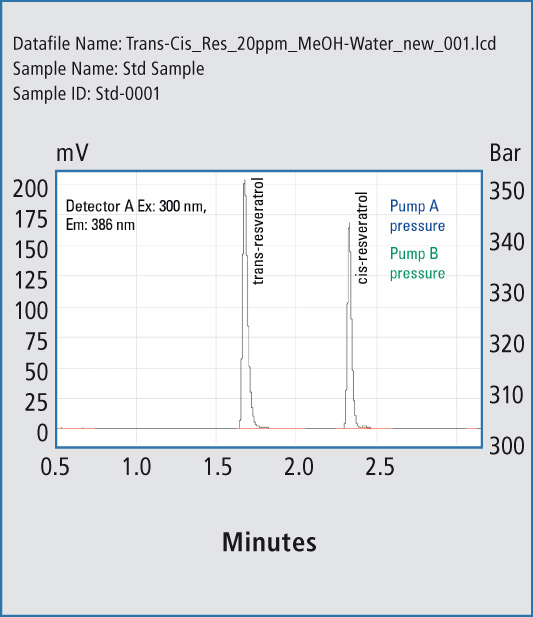 Figure 2a: Chromatogram of a 20 ppm standard mixture of trans- and cis-resveratrol (fluorescence detection)
Figure 2a: Chromatogram of a 20 ppm standard mixture of trans- and cis-resveratrol (fluorescence detection)
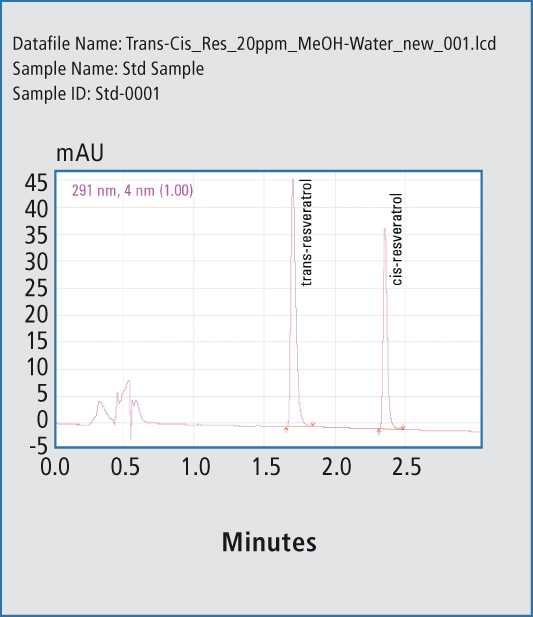 Figure 2b: Chromatogram of a 20-ppm standard mixture of trans- and cis-resveratrol (UV absorption SPD-M20A)
Figure 2b: Chromatogram of a 20-ppm standard mixture of trans- and cis-resveratrol (UV absorption SPD-M20A)
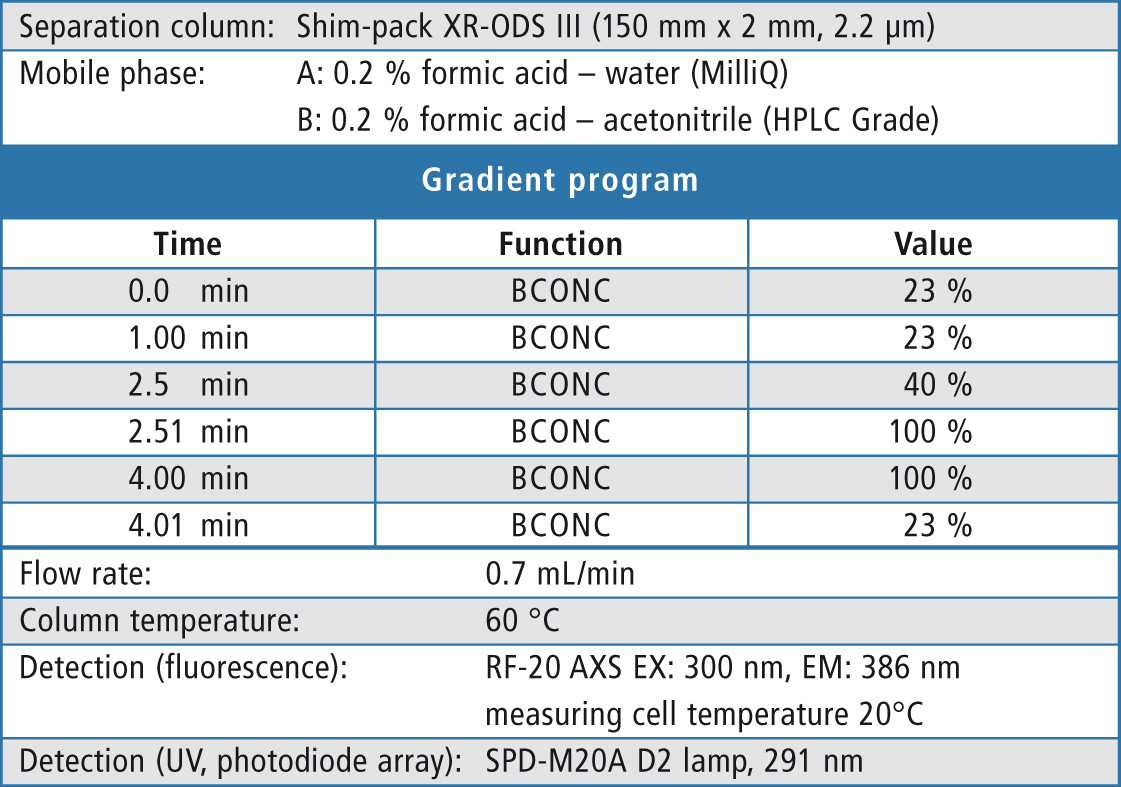 Table 1: Analytical conditions
Table 1: Analytical conditions
In this application, a fast and high-resolution analysis of resveratrol using Shimadzu’s Nexera UHPLC system is presented. Figures 2a and 2b show chromatograms of a 20-ppm standard mixture of trans- and cis-resveratrol. The analytical conditions are listed in table 1. Figures 3a and 3b show the UV absorption spectra of trans- and cis-resveratrol.
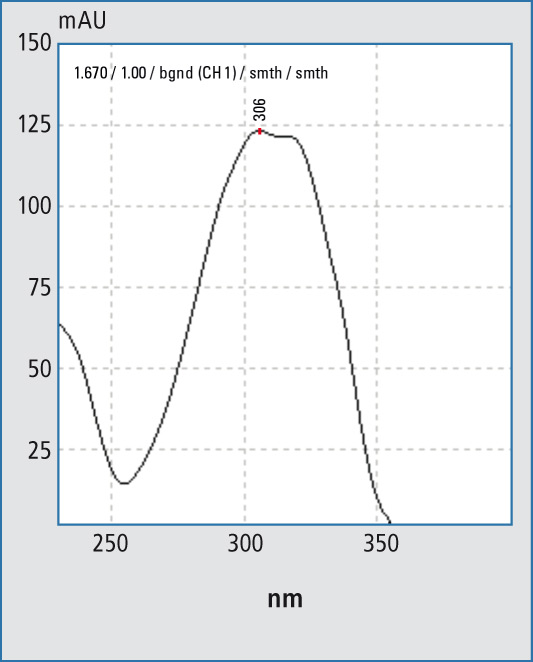 Figure 3a: UV absorption spectrum of trans-resveratrol
Figure 3a: UV absorption spectrum of trans-resveratrol
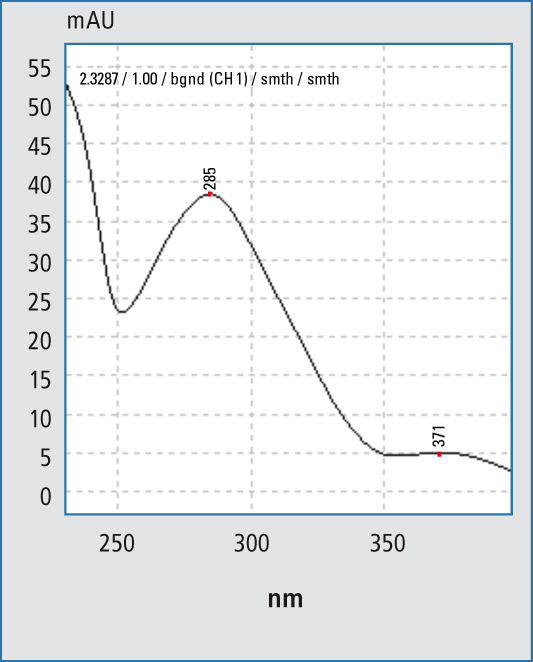 Figure 3b: UV absorption spectrum of cis-resveratrol
Figure 3b: UV absorption spectrum of cis-resveratrol
Due to the photosensitivity of resveratrol (a major amount of trans-resveratrol is converted to cis-resveratrol during UV radiation), connection of a fluorescence detector in series with the photodiode-array detector is recommended to prevent decomposition by the strong excitation energy of the fluorescence detector.
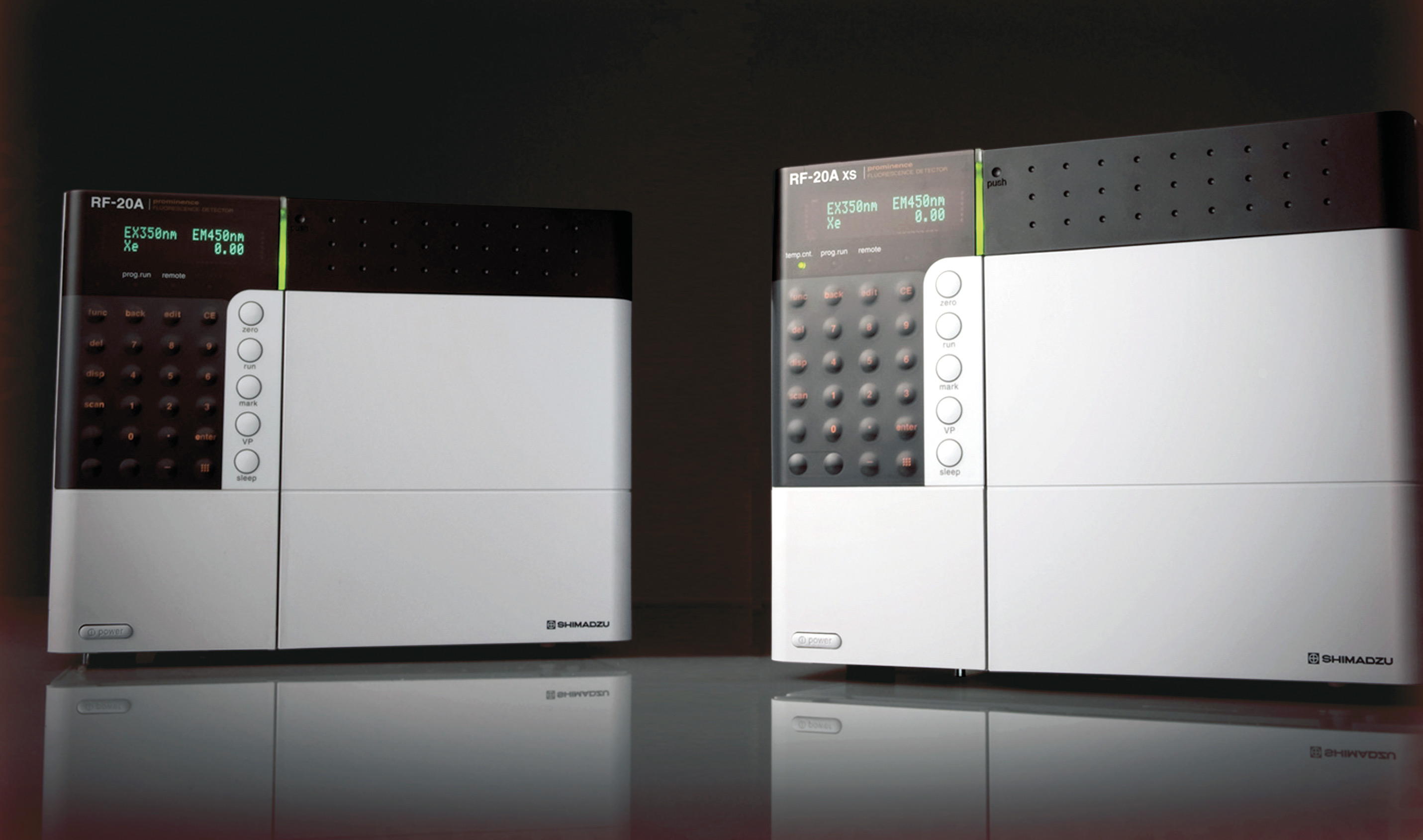 Figure 4: The RF-20 AXS fluorescence detector with thermostated flow cell
Figure 4: The RF-20 AXS fluorescence detector with thermostated flow cell
In addition to the extremely high sensitivity (signal-to-noise ratio of the Raman scattering of water > 2,000), the RF-20 AXS (Figure 4) also offers the possibility to thermostat the flow cell. By lowering the cell temperature, the temperature-quenching effects can be reduced and the sensitivity can thereby be increased even further. Figures 5a and 5b show an overlay of trans- and cis-resveratrol at various cell temperatures (20 °C, 30 °C and 40 °C). For both forms it can be seen that when comparing the absorption at 20 °C versus 40 °C, a sensitivity increase of more than 10 % becomes apparent.
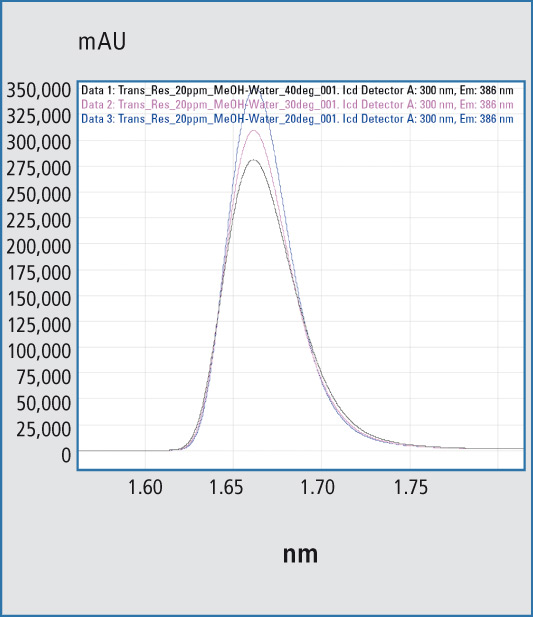 Figure 5a: Overlay of trans-resveratrol at 20 °C, 30 °C and 40 °C cell temperature
Figure 5a: Overlay of trans-resveratrol at 20 °C, 30 °C and 40 °C cell temperature
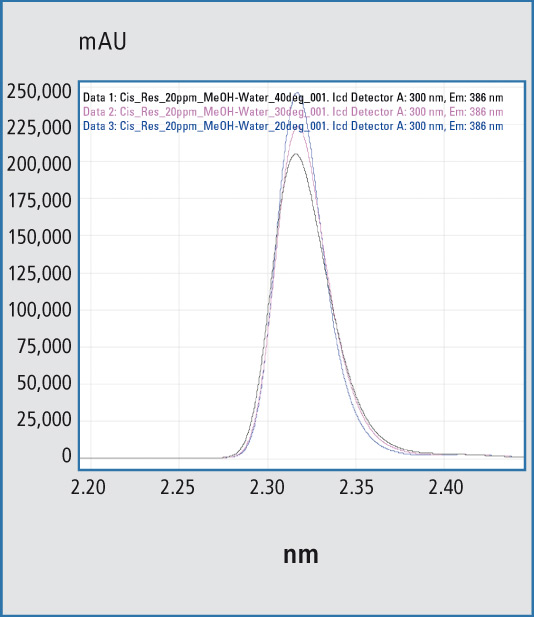 Figure 5b: Overlay of cis-resveratrol at 20 °C, 30 °C and 40 °C cell temperature
Figure 5b: Overlay of cis-resveratrol at 20 °C, 30 °C and 40 °C cell temperature
The sample put to the test
Shimadzu’s anniversary wine released at the occasion of the 60th birthday of UV spectroscopy and the 55th birthday of IR spectroscopy was analyzed for its resveratrol content. Wine sample preparation was carried out using liquid-liquid extraction according to the protocol in figure 6.
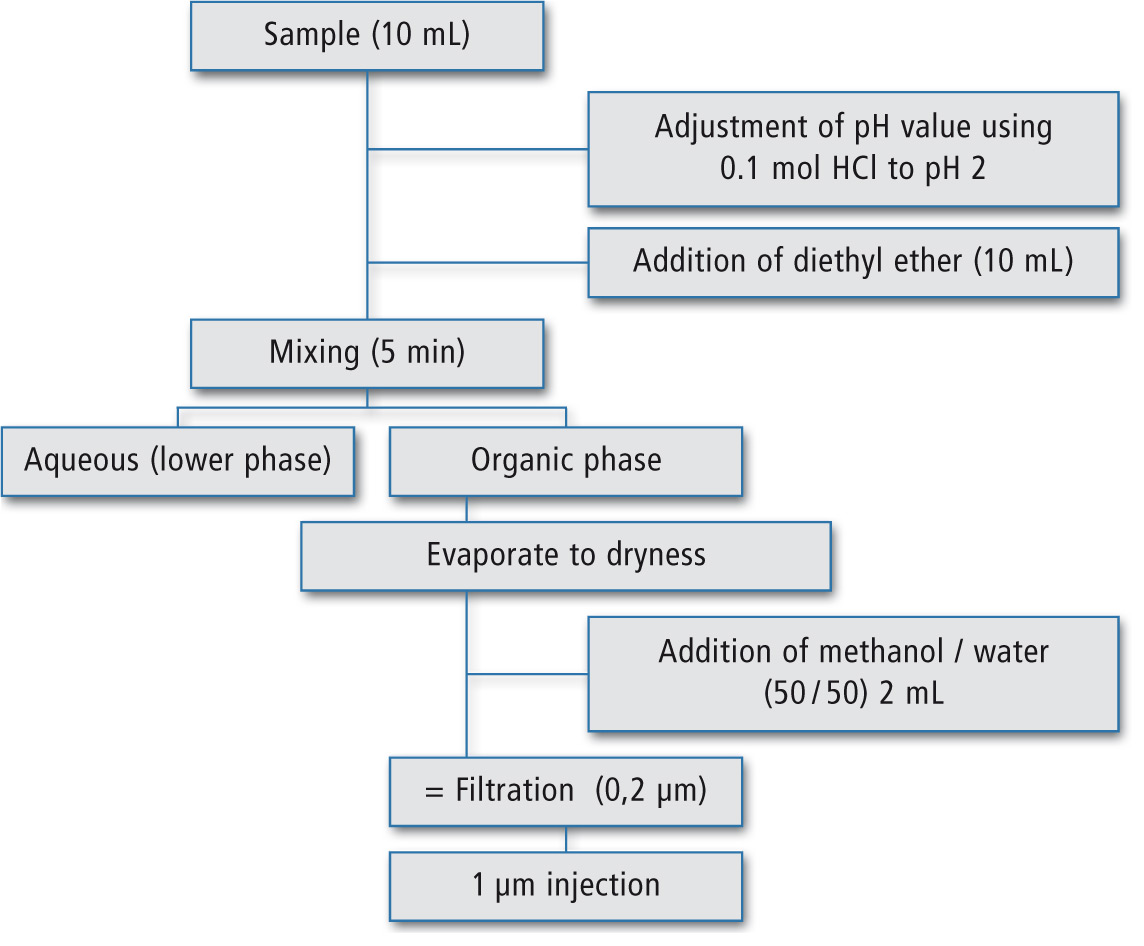 Figure 6: Sample preparation
Figure 6: Sample preparation
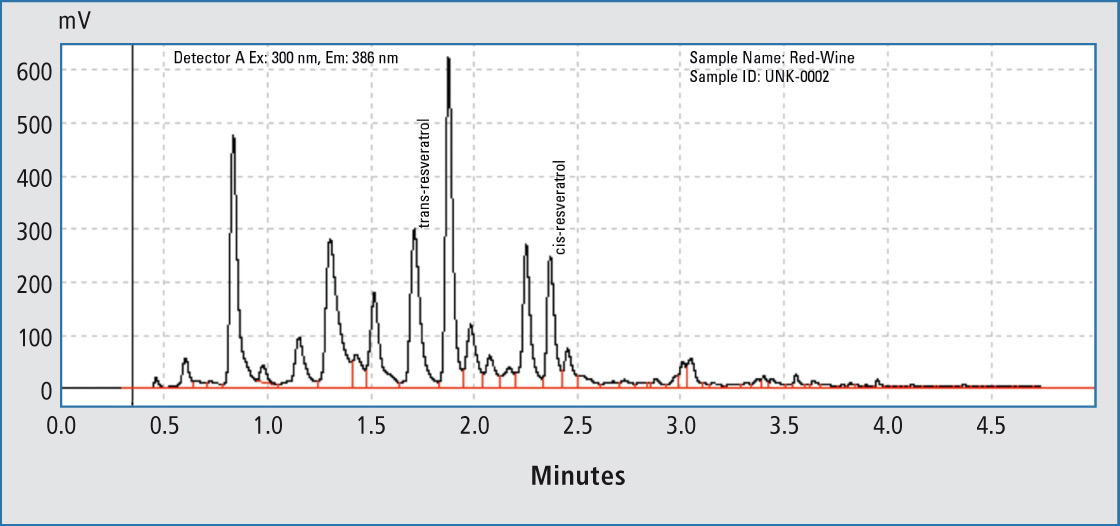 Figure 7: Fluorescence chromatogram: analysis of Shimadzu’s anniversary wine
Figure 7: Fluorescence chromatogram: analysis of Shimadzu’s anniversary wine
The fluorescence chromatogram for an injection volume of 1 µL is shown in figure 6.
Quantification resulted in concentrations of 35.7 mg/L trans-resveratrol as well as 40.4 mg/L cis-resveratrol, which correspond to a real concentration in wine of 7.1 mg/L trans-resveratrol and 8.1 mg/L cis-resveratrol. These concentrations are within the expected range for German red wines.
This experiment, therefore, contributes to the scientific knowledge that red wine, when consumed in moderation, also has beneficial health effects.